John Krzyzaniak is a research associate at the Wisconsin Project on Nuclear Arms Control. Follow him @john_krzyzaniak.
When did Iran start its space program? What are its goals? Who or what agency is in charge?
Iran’s interest in outer space dates back to 1957, when it joined 17 other nations in creating the ad hoc Committee for International Cooperation in Space at the United Nations. Two years later, Iran became one of the 24 founding members of the successor organization, the U.N. Committee on the Peaceful Uses of Outer Space. Iran also signed the 1967 Outer Space Treaty—which still forms the core of international space law—although Tehran never ratified the agreement.
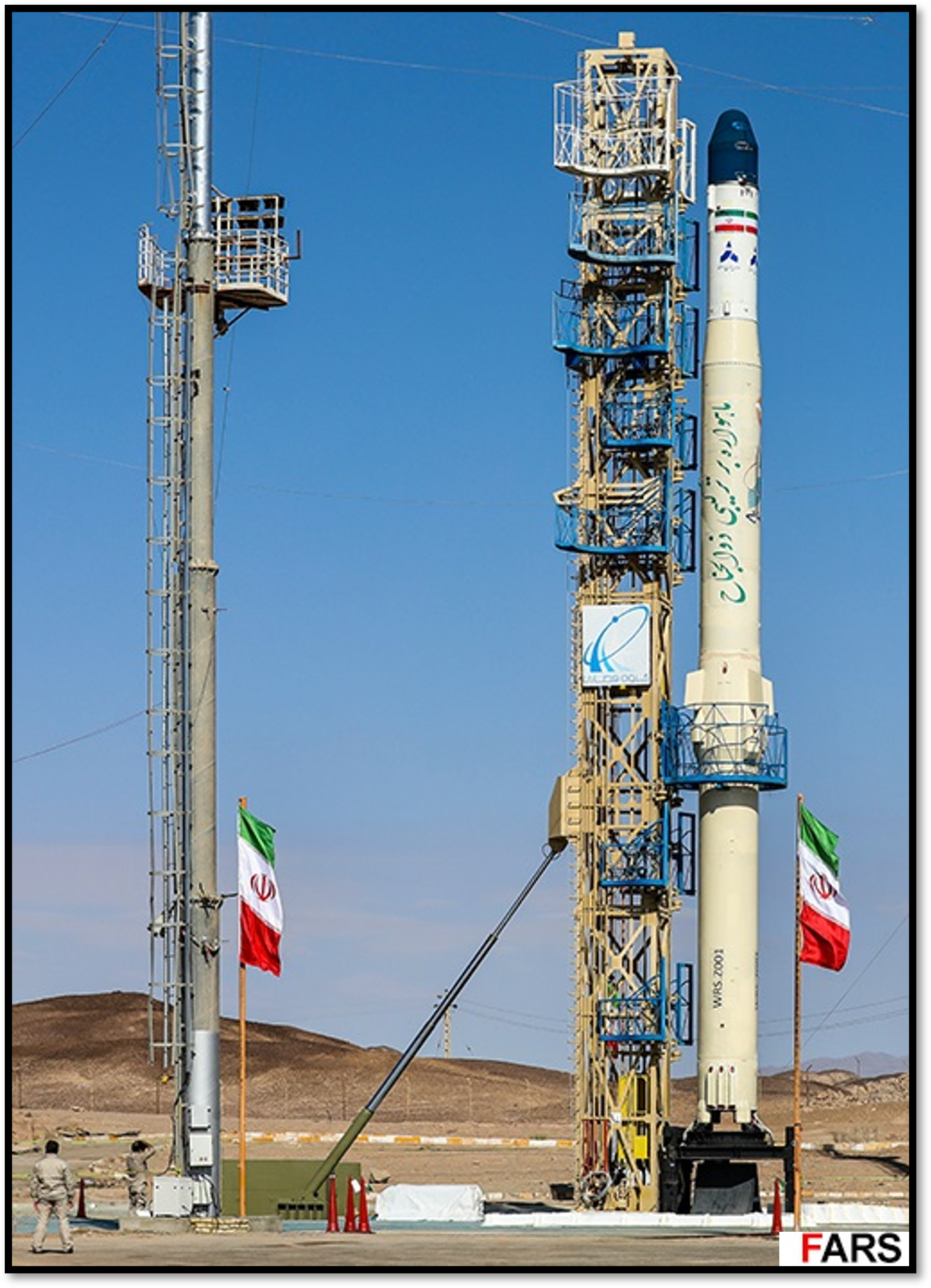
Iran’s space efforts began in earnest around 1998, when it signed agreements with Russia and China to collaborate on designing, building, and launching several satellites, including a communications satellite called Mesbah. (Mesbah was never launched). In 1999, the then Iranian defense minister, Ali Shamkhani, first indicated Iran’s intention to build not only satellites but also the rockets to place them into orbit.
From the beginning, however, Iran’s claims to have created a purely peaceful space program were undermined by official statements connecting the development of space-launch rockets to the country’s ballistic missile activities. As international concerns grew over Iran’s development of longer-range missiles, Shamkhani sought to quell those concerns by stating that a rocket under development (then called the Shahab-4) would only be used to carry satellites into space, not for military purposes. Regardless, Iran clearly had a nascent space program before its parliament formally authorized the creation of the Iranian Space Agency and the Supreme Space Council in late 2003.
The Iranian Space Agency remains the main entity responsible for executing the state-run space program. Policy is set by the Supreme Space Council, which is chaired by the president. Although the Iranian Space Agency falls under the Ministry of Communication and Information Technology, the Ministry of Defense is also directly involved in the space program because its subsidiary groups develop the rockets for launching satellites—and some of the satellites as well. So the space program is not a fully civilian program.
The Islamic Revolutionary Guard Corps (IRGC) has its own space effort, probably launched in the mid-to-late 2000s, that is independent from the state-run space program; it is also outside the oversight of the Supreme Space Council. It was founded by Hassan Tehrani Moghaddam, the father of Iran’s missile program and, from the outset, served largely as a cover to develop long-range missile technology.
The IRGC has focused on developing solid-fuel rockets, which could be more easily converted to become missiles compared to liquid-fuel rockets, which are what the state-run space program initially relied upon.
Iran’s goals in space have remained fairly consistent over time and are similar to those of other space-faring nations. Iran seeks to access space for its economic, environmental, humanitarian, and scientific benefits but also for the intelligence and military benefits. Many satellites are inherently dual-use, which means useful for both civilian and military purposes. For example, the U.S. government-owned Global Positioning System (GPS) provides essential navigation information for civilians, but also for the U.S. military.
In technical terms, Iran seeks to have a persistent presence of satellites in low-earth orbit (or under an altitude of 2,000 kilometers) and to place a satellite into geostationary orbit (at approximately 36,000-kilometer altitude) by the spring of 2026. Separately, Iran is working to send an astronaut to space by the spring of 2032.
In April 2020, the Islamic Revolutionary Guard Corps (IRGC) successfully launched Iran’s first military satellite and revealed that its space program was parallel to the state space program. How does the IRGC program differ from the Iranian Space Agency? What are the IRGC’s goals in space?
Unlike the state-run space program, which has genuine civilian (and military) goals in space, the IRGC program initially served mostly as a cover for developing long-range missile technology, although its existence was kept secret for years.
The IRGC launched Iran’s first explicitly military satellite (the Noor-1) in April 2020. But it was not the first Iranian satellite to enter orbit. Iran’s first satellite (the Sina-1) was launched in 2005 onboard a Russian rocket. Iran’s first domestically-made satellite (the Omid) was placed in orbit by an indigenous launcher (Safir) in 2009.
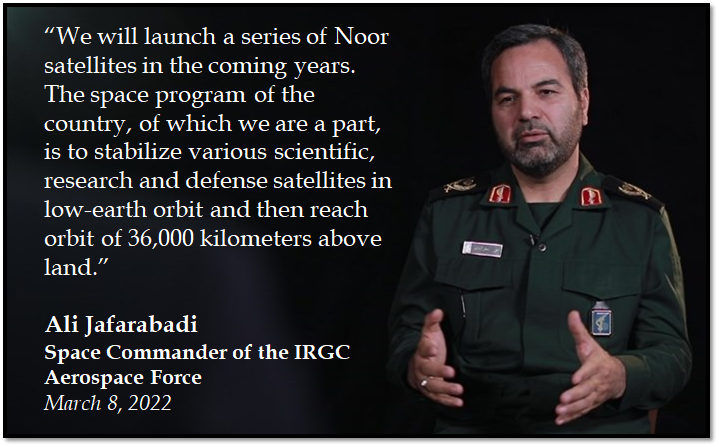 The IRGC program originally focused on developing long-range rockets, but its goals have evolved over time and now more closely resemble the state-run space program, including services beneficial for civilians. For example, after the successful launch of a second military satellite (the Noor-2) in March 2022, the IRGC Space Commander said “the information obtained from this satellite has use in the public and defense realms,” including observing environmental trends and monitoring natural disasters.
The IRGC program originally focused on developing long-range rockets, but its goals have evolved over time and now more closely resemble the state-run space program, including services beneficial for civilians. For example, after the successful launch of a second military satellite (the Noor-2) in March 2022, the IRGC Space Commander said “the information obtained from this satellite has use in the public and defense realms,” including observing environmental trends and monitoring natural disasters.
While the two space programs are distinct, there are signs of increasing integration between them. For example, the IRGC Aerospace Force commander attended a Supreme Space Council meeting in November 2021. Later, in February 2022, the IRGC space commander emphasized that “we are a part” of the space program “of the whole country.”
What are Iran’s main achievements in space as of mid-2022? And what are the biggest setbacks or failures?
Iran has established the technological basis for designing, building, launching, and operating satellites in low-earth orbit (at an altitude of under 2,000 kilometers). It has placed a handful of satellites—including the Sina-1 (built and launched by Russia), the Omid, the Rasad, the Navid, the Fajr-5, the Noor-1, and Noor-2—in low-earth orbit. None of Iran’s indigenously-built satellites have had noteworthy capabilities or remained in orbit for very long, but they represented stepping stones to more sophisticated satellites that will be more useful and remain in orbit for longer periods.
Progress generally has been slow. Projects often run behind schedule. And Iran has experienced multiple failures. Its most noteworthy failure may have been building a reliable launcher. The Safir had a mixed record and was retired in 2020. The Simorgh, a larger follow-on rocket, has been a major challenge; it has never successfully placed a satellite into orbit, despite six attempts between 2017 to 2022.
How many satellites does Iran have in space – and for what purpose?
As of August 2022, Iran has three satellites in space, the Sina-1 built and launched by Russia in 2005, the Noor-2 launched by the IRGC in March 2022, and the Khayyam built and launched by Russia in August 2022. The Noor-2 and the Khayyam both have an imaging mission, meaning they have cameras onboard to capture images and send them back to earth. The Khayyam’s camera has a dramatically higher resolution than the Noor-2’s camera. When it was launched, the Sina-1 was described by local media as an imaging and communications satellite.
All of Iran’s other satellites have gradually fallen out of orbit. To maintain their position in space, all satellites need some kind of onboard propulsion system, so when the system runs out of fuel, its orbit will decay, and the satellite will reach the end of its service life. For satellites in low-earth orbit, this means gradually losing altitude and burning up in the Earth’s atmosphere. The Omid, Rasad, Navid, Fajr-5, and Noor-1 have all met that fate.
The Noor-1, launched by the IRGC in 2020, remained in orbit for nearly two years. Its service life ended on April 13, 2022, meaning there was a short period during which the IRGC operated two military satellites—the Noor-1 and the Noor-2—simultaneously.
What is the role of the space programs in Iran’s national security strategy?
The role of the space programs in Iran’s national security strategy is unclear. On one hand, Iranian officials recognize the value of space and consider it to be one of three “power-creating” industries-- alongside the nuclear and missile programs. On the other hand, the space program has at times received less priority, when Iran had few sophisticated space capabilities. As a result, the space program plays little practical role in Iran’s national security, but this may change as its capabilities grow.
Is Iran using the technology and expertise developed to launch satellites to advance its ballistic missile program? If so, how?
The technologies used in satellite launchers and ballistic missiles overlap significantly, so an advance in one will benefit the other. This is especially true in Iran since the Aerospace Industries Organization builds rockets for the space program as well as ballistic missiles for the military.
At the same time, the space program does not exist merely to serve the missile program. Iran’s state-run space program has legitimate aims in space. Besides, Iran’s missile industry is well-funded and well-publicized, and Iranian officials commonly boast about advances in missile technologies, which suggests that they are not trying to conceal these activities.
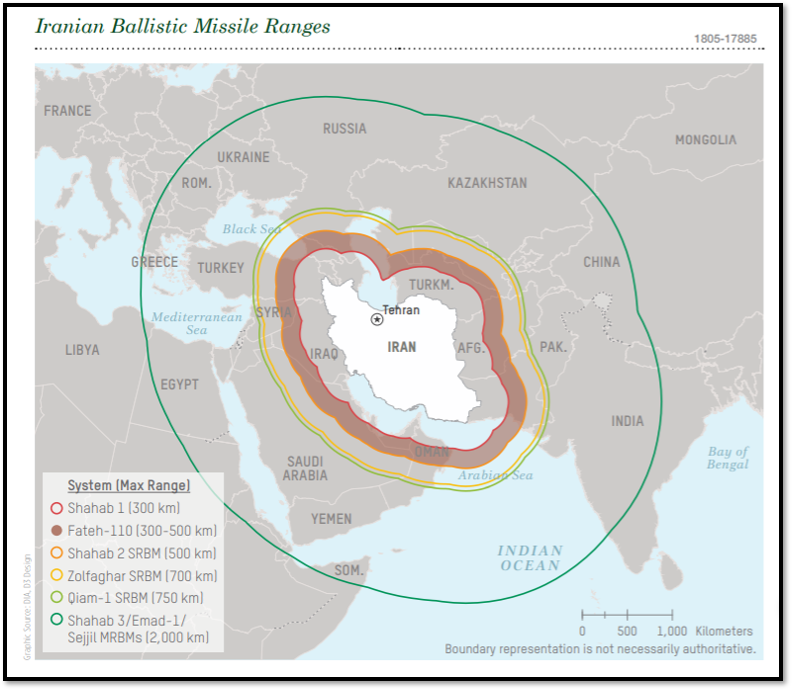
The IRGC space program, which is separate from the state-run space program, adds complexity to this picture. The IRGC space program initially did serve, more or less, as a cover for developing long-range missile technologies, but it appears to have a larger purpose recently.
Regardless of Tehran’s intent, international concerns will probably grow as Iran develops more capable rockets for satellite launching for fear that they these could be re-purposed as long-range ballistic missiles.
But concerns about Iran’s liquid-fueled rockets are mostly unfounded. The Simorgh takes days if not weeks to prepare for launch. It has to be assembled on the launch pad and pumped with about 27,000 liters of fuel, plus even more of another liquid called an oxidizer, which makes the fuel burn. And the space center in Semnan is the only Iranian facility capable of launching such a rocket. These limitations make Simorgh virtually useless as a weapon. The even larger, more cumbersome liquid-fuel rockets that Iran has planned for the future will be no different in this regard.
Solid-fuel rockets, on the other hand, could more easily be converted into useful weapons. Unlike liquid-fuel rockets, solid-fuel rockets come with the fuel pre-loaded or ‘baked in’ to the body of the rocket itself—no pumping required. This means they can usually be prepared and launched faster, do not require the support of additional fueling vehicles, and can be relatively easily transported and launched from different locations.
So the IRGC space program raises concerns because of its military dimension and because of the exclusive focus on solid-fuel rockets. But the state-run space program also indicated success on solid-fuel rockets when it unveiled the Zoljanah in February 2021.
What countries have provided assistance, materiel or expertise to Iran for its space program? How essential was that assistance—and it is continuing?
Countries commonly collaborate with or receive assistance from foreign partners on space technologies. Iran is no exception.
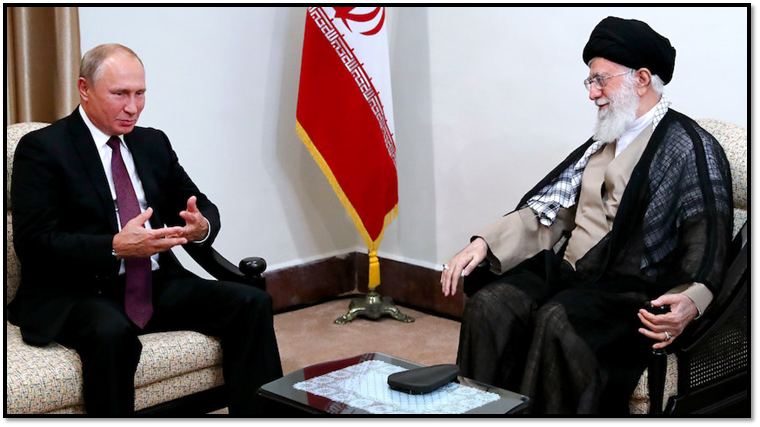
North Korea provided extensive assistance to Iran’s missile program and possibly also to its space program. The extent of direct space-related cooperation between the two countries is unclear, but North Korea’s supply of ballistic missile technologies and components seeded Iran’s space launch capabilities. North Korean assistance to the space program was indirect but essential for Iran’s establishment of an indigenous launch capability.
Russia has also provided direct and indirect assistance to Iran’s space program from its earliest stages. This cooperation appears to still be ongoing; a June 2021 Washington Post report claimed that Russia was preparing to supply Iran with an advanced remote sensing satellite. A 2022 report of the U.S. Defense Intelligence Agency largely confirmed the Washington Post story, though the satellite supplied by Russia will probably not be a Kanopus-V satellite as originally reported.
How do Iran’s space capabilities compare with other countries in the Middle East?
Saudi Arabia, the United Arab Emirates, and Israel have space programs that in some ways surpass Iran’s achievements.
As of 2022, Saudi Arabia owns and operates more than a dozen satellites in orbit. All were launched by either Russia or China, but Saudi Arabia plans to develop indigenous launch capabilities in the future. Saudi Arabia is also the largest shareholder of the multinational Arab Satellite Communications Organization (Arabsat), which was formed in 1976 to provide satellite-based public services to the wider Arab world. The organization’s first satellite was the Arabsat-1B, deployed in June 1985 from the U.S. space shuttle Discovery.
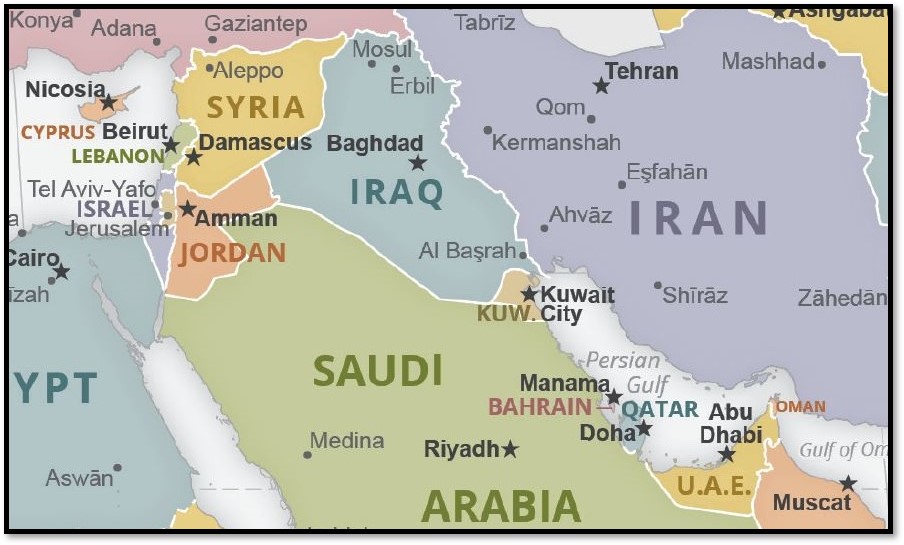 The United Arab Emirates has made heavier investments in space. State-owned or -controlled entities own and operate a handful of remote-sensing and communication satellites. The first was the Thuraya-1, built by Boeing and launched by Russia in October 2000 for the Emirates-based telecommunications company Thuraya. The Emirates also sent an uncrewed probe to Mars in July 2020. Beyond uncrewed missions, the UAE has an astronaut program; Hazza al Mansouri became the first Emirati astronaut when he travelled to the International Space Station in 2019. A second mission is planned for 2023. The UAE does not yet have launchers or facilities for space launches, but both may be in the offing. In October 2021, the chairperson of the UAE Space Agency floated the possibility of purchasing small off-the-shelf space launch vehicles from India. In April 2022, the UAE Space Agency indicated interest in a partnership with Blue Origin to establish a spaceport near the Al Ain airport.
The United Arab Emirates has made heavier investments in space. State-owned or -controlled entities own and operate a handful of remote-sensing and communication satellites. The first was the Thuraya-1, built by Boeing and launched by Russia in October 2000 for the Emirates-based telecommunications company Thuraya. The Emirates also sent an uncrewed probe to Mars in July 2020. Beyond uncrewed missions, the UAE has an astronaut program; Hazza al Mansouri became the first Emirati astronaut when he travelled to the International Space Station in 2019. A second mission is planned for 2023. The UAE does not yet have launchers or facilities for space launches, but both may be in the offing. In October 2021, the chairperson of the UAE Space Agency floated the possibility of purchasing small off-the-shelf space launch vehicles from India. In April 2022, the UAE Space Agency indicated interest in a partnership with Blue Origin to establish a spaceport near the Al Ain airport.
Israel has been pursuing space technologies since the 1960s. It is the only other country in the region besides Iran to have an indigenous launch capability. Its first operational satellite, the Ofeq-3 spy satellite, was launched in April 1995 from the launch facility at Palmachim Air Force Base using a Shavit rocket. As of 2022, the country operates more than a dozen satellites with civilian and military missions. The Israel Space Agency also cooperated with the United States to send its first astronaut, Ilan Ramon, to space in 2003. Ramon was among the seven astronauts who perished in the Columbia space shuttle disaster that year.
Other countries in the region including Bahrain, Iraq, Jordan, Kuwait, and Oman have either placed small satellites in orbit or plan to do so before the end of 2022—all with foreign assistance. Even Syria, in the midst of a civil war, expressed interest in 2018 in building and operating its own satellites.
